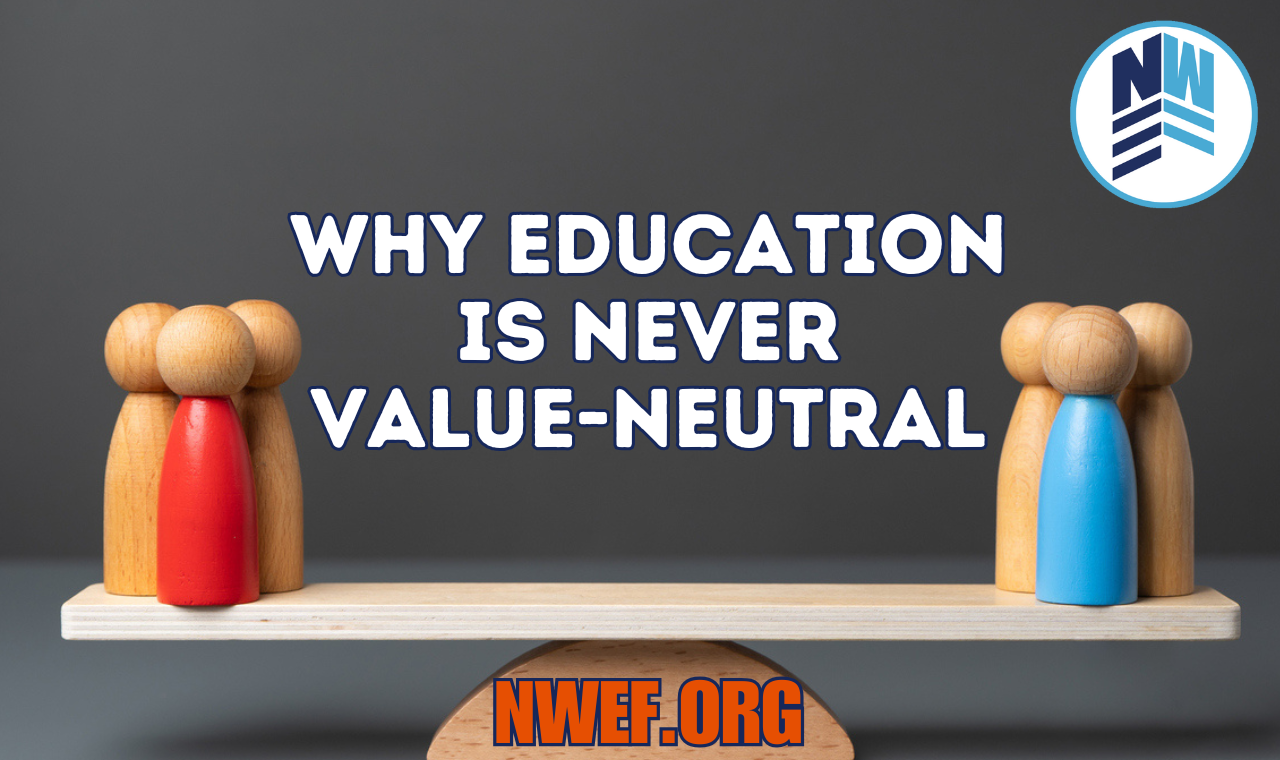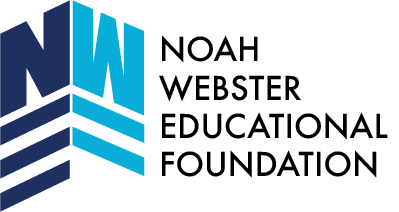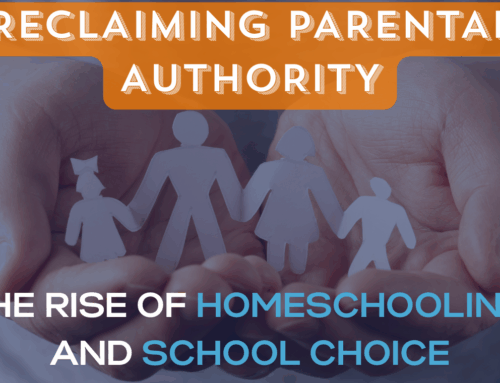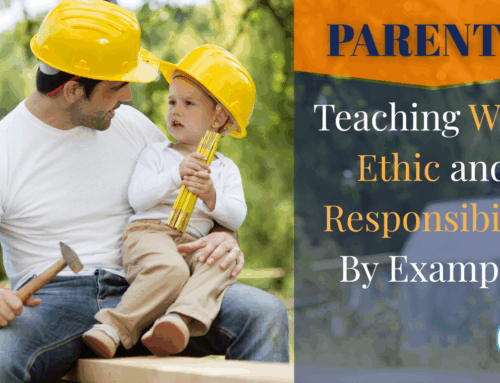
Why Education Is Never Value-Neutral
As a teenager, my family enjoyed the company of a fellow homeschooling family. We would meet up often and spend hours together talking. History was one of our favorite topics, but before long, it became apparent that we had some very different viewpoints on the same historical facts.
While my family appreciated the American War for Independence (or the “American Revolution” as it’s often called), our friends were strongly opposed to the movement that jump-started our current country. While we hailed the freedom-seeking colonies as heroic visionaries, our friends saw them as morally depraved traitors, rebelling against rightful authority. They determinedly refused the concept that the English Crown had severed the ties between Mother England and the Colonies. They insisted that George Washington, Thomas Jefferson, Alexander Hamilton, and the rest had embraced anarchy, spiraling their fellow countrymen into two centuries of turmoil.
Our conversations taught me a valuable truth: education is never value-neutral. And it never has been. Worldview and morality (or lack thereof) will always seep into education, and the truth is that it must. It’s impossible to properly educate without including values as an underlying theme.
We often hear calls for “neutral” education—schools free from political or ideological bias. That’s a noble goal. But here’s the uncomfortable reality: every curriculum reflects a set of values, whether we admit it or not. From the books we assign to the way history is taught, from classroom rules to what schools choose to emphasize (or leave out), all of it communicates ideas about right and wrong, justice and injustice, virtue and vice.
There’s No Such Thing as a Neutral Curriculum
As I learned from my friends, when students learn about history, the viewpoint they’re taught depends entirely on which curriculum they’re using—and what worldview shapes that curriculum.
Similarly, consider the rise of social-emotional learning (SEL) in classrooms. Supporters claim that it helps children develop empathy, communication, and emotional intelligence. Critics argue that SEL often becomes a vehicle for progressive ideology, subtly shaping students’ beliefs about gender, race, and identity.
Throughout the history of American public education, one crisis after another has arisen based on a conflict of values, from religion and secularism to creation science and evolution, from race-based schools to integrative classrooms. Critical race theory, identity politics, social emotional learning, and the list could go on and on. All of these are informed by ideology and worldview. Surprisingly, even empirical studies such as basic math have come under recent fire for ideological and inequitable foundations, as ridiculous as that sounds.
Education is a tennis court of worldview and values, with the ball of public opinion and reigning ideological influence bouncing back and forth through time.
The Classroom is a Moral Ecosystem
Let’s step back a moment. Every classroom, regardless of subject, operates on a framework of values. When a teacher praises hard work, punishes dishonesty, or discourages bullying, they’re reinforcing moral ideas. Even basic classroom management—like teaching students to raise their hands or listen when others are speaking—reflects a view of respect, order, and mutual responsibility.
And these aren’t new ideas. Plato argued that education is moral when he stated, “Education is teaching our children to desire the right things.” (But then we must ask, “whose concept of ‘right ’?”)
More recently, C.S. Lewis warned in The Abolition of Man that values-stripped education would produce “men without chests”—people trained in facts but emptied of virtue and conviction.
Parents instinctively know this. That’s why they care not just what their children learn, but how and why. When parents show up at school board meetings angry about reading lists or diversity initiatives, it’s not because they hate books or kindness. It’s because they recognize that their kids are being formed, not just informed.
Whose Values Are Being Taught?
The question, then, isn’t whether education should include values. The question is: whose values are being taught?
For decades, public schools in America were broadly shaped by Judeo-Christian values—ideas like the inherent dignity of the individual, personal responsibility, and the importance of family and faith. That consensus has faded. In its place, many schools now promote a different set of moral priorities: equity over excellence, group identity over individual character, and moral relativism over moral clarity.
Take gender education as an example. Some public school systems now teach students as young as kindergarten that gender is a spectrum and that children can choose their own identities. GLSEN notes that many states have adopted gender identity and sexual orientation in K-12 curricula. (Their interactive map offers a closer look at exactly what this means, state by state.)
Whether you agree with that or not, it’s clearly not neutral. It reflects a very specific worldview—one not shared by all families.
A Call for Honesty and Balance
So, where does that leave us? First, we need to drop the pretense of neutrality. It’s not honest, and it’s not helpful. Education does teach values, and it has always done so. The real question when it comes to public education is whether those values align with what parents and communities actually believe.
Second, we need to restore balance. If schools are going to wade into moral and civic formation—and they will—they should do so with transparency and a respect for the diversity of views in a pluralistic society. Parents shouldn’t be sidelined. They should be partners.
The myth of a values-neutral education system has proven to allow questionable and even depraved ideologies to seep into American public schools. Where there is a void, evil will always take the opportunity to enter.
Finally, we should remember that character matters just as much as content. A good education doesn’t just equip kids with skills—it shapes who they become.
Conclusion: No Neutral Ground
Education isn’t conducted in a vacuum. It never has been. Every lesson, every rule, every reading list is built on assumptions about truth, goodness, and purpose. That’s not a bug—it’s a feature. However, in a divided age, we must be honest about it and intentional about the kind of citizens our schools are forming. Because, in the end, there is no such thing as a values-neutral education, and there never has been.




